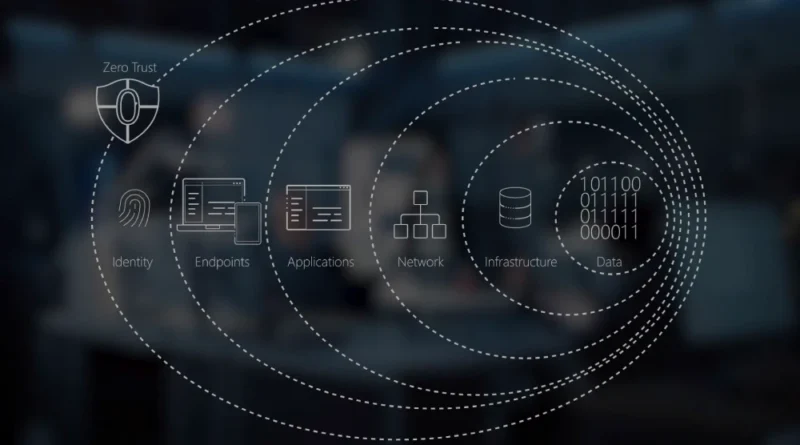Zero-Trust Website Security: Why It’s a Must for Modern Businesses
In today’s digital environment, traditional security models are no longer enough. With increasing cyber threats, phishing scams, and sophisticated hacking attempts, companies can’t afford to rely solely on perimeter-based defenses. Enter Zero-Trust Security — a powerful approach built on the principle of “never trust, always verify.” For websites that handle user data, financial transactions, or proprietary information, implementing a zero-trust model is not just smart — it’s essential.
What is Zero-Trust Security?
Zero-trust security is a framework that assumes no user, device, or system should be trusted by default — even if it’s inside the corporate network. Access is granted only after strict identity verification, and every access request is continuously validated based on context, such as user role, location, device health, and behavior patterns.
For websites, this translates into enforcing strict authentication, segmentation of internal systems, and constant monitoring of all activity.
Why Websites Need Zero-Trust Now More Than Ever
The attack surface for websites has grown dramatically. From e-commerce platforms to content management systems, many sites are built on multiple third-party tools and integrations — each posing its own security risks. In such a complex ecosystem, assuming any part of your website is inherently secure is risky.
A zero-trust model provides:
- Stronger access control through multi-factor authentication (MFA)
- Isolation of sensitive resources, limiting the damage from breaches
- Real-time threat detection based on user behavior
- Protection against lateral movement within your network
This approach not only reduces the risk of external attacks but also minimizes insider threats — one of the most overlooked vulnerabilities.
How to Implement Zero-Trust for Your Website
1. Identity Verification: Require robust identity verification using MFA for both admins and users with elevated permissions.
2. Least Privilege Access: Ensure users and systems only have the minimum access they need. No one should have blanket access to your backend.
3. Micro-Segmentation: Divide your website architecture into smaller zones. If one part is compromised, the rest remain secure.
4. Continuous Monitoring: Use real-time analytics and AI-driven tools to track unusual behavior and respond to threats instantly.
5. Secure APIs: Third-party APIs should be vetted, authenticated, and monitored constantly to avoid being backdoors for attackers.
The Future is Zero-Trust
As cyber threats evolve, reactive security models will fall short. Zero-trust offers a proactive and adaptive framework that’s built for the complexities of today’s web applications. By embracing this strategy, businesses can safeguard not only their data but also their customers’ trust.
In a world where security breaches can mean massive financial and reputational damage, adopting a zero-trust website security model isn’t just a best practice — it’s a necessity.
Disclaimer
The information presented in this blog is derived from publicly available sources for general use, including any cited references. While we strive to mention credible sources whenever possible, best website design company in Mumbai does not guarantee the accuracy of the information provided in any way. This article is intended solely for general informational purposes. It should be understood that it does not constitute legal advice and does not aim to serve as such. If any individual(s) make decisions based on the information in this article without verifying the facts, we explicitly reject any liability that may arise as a result. We recommend that readers seek separate guidance regarding any specific information provided here.

